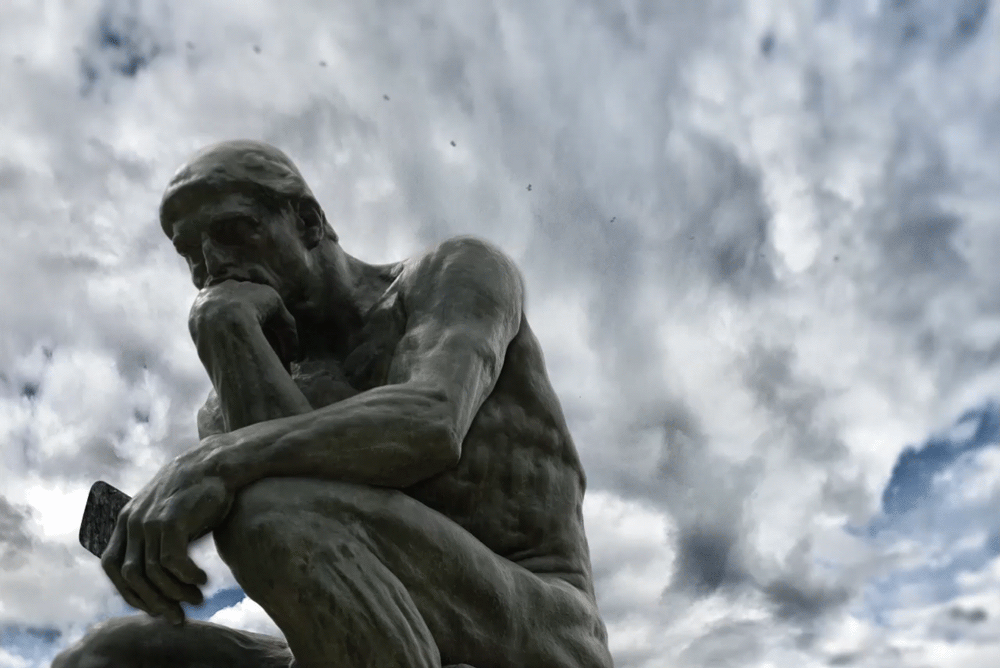I have said it before and I will say it again: If I could pick a major event from my life and live it over again — knowing what I know now — it would probably be the trip that I took to Moscow in 1991, arriving the week after the events that ended the Soviet Union.
There were still flowers on the sidewalks (near our hotel) where protesters were killed by Soviet tanks. There were Orthodox icons, as well. I was an evangelical Anglican, at that time, and really didn’t grasp the importance of many of the Orthodox people and places I encountered during that stay. I was there as part of the Moscow Project, an effort to help the emerging Russian Bible Society print 4 million Bibles.
One moment, in particular, was relevant to our discussion during this week’s belated “Crossroads” podcast (CLICK HERE to tune that in), which focused on a New York Times report about Ukraine and tensions in global Eastern Orthodoxy heading into this weekend and the holiest day on the Christian calendar — Pascha (Easter in the West).
I was visiting with a veteran Orthodox priest who was active in the Moscow Project. We were talking about the future of Russian Orthodox Church and the realities that would shape the next few decades. This is from an “On Religion” column on the topic. He said:
It’s impossible to understand the modern Russian church … without grasping that it has four different kinds of leaders. A few Soviet-era bishops are not even Christian believers. Some are flawed believers who were lured into compromise by the KGB, but have never publicly confessed this. Some are believers who cooperated with the KGB, but have repented to groups of priests or believers. Finally, some never had to compromise.
“We have all four kinds,” this priest said. “That is our reality. We must live with it until God heals our church.”
I bring this up, of course, because of the firestorm surrounding the words and actions of Patriarch Kirill, the current leader of the Russian Orthodox Church. In KGB documents, it appears that his codename was “Mikhailov” during the years before the 1991 coup.
How would Kirill be classified, using this priest’s typology?










